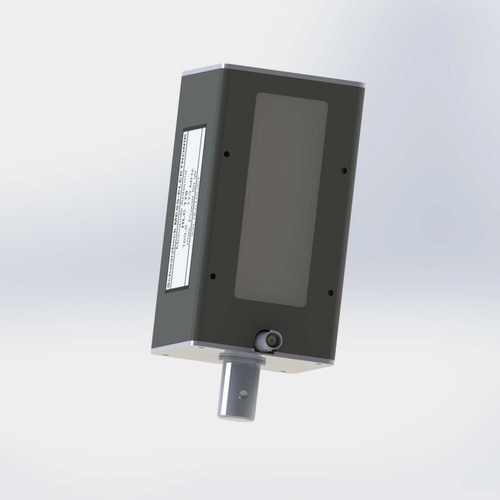Overview
The Schwarzbeck NMHA 6M Antenna Set Immunity against Handheld Transmitters acc. Nissan 28401NDS02 [6] and Renault 36-00-808/M (combined set)
Antenna set for immunity tests against handheld radio transmitters acc. Nissan 28401NDS02 [6] and Renault 36- 00-808/M. The antenna set consists of Normal Mode Tuned Helical Antennas with counterpoise and a flat element broadband antenna. The antennas cover the frequency bands from 26 to 2700 MHz. Typical applications are immunity testing of vehicle components according to manufacturer specific standards, e.g. Nissan and Renault. The antenna set consists of 14 normal mode helical antennas and a broad band flat element antenna derived from a small biconical antenna including a polystyrene 50 mm distance gauge. All parts are stored in a transportation case embedded in shock absorbing foam material to avoid damage during transportation. Some additional space in the foam is left intentionally free for additional small parts.
The older standards Nissan…[5] and Renault…/L use an NMHA 385 for 385 MHz and tuned half wave dipoles for higher frequencies. These are in the now applicable 6M-version replaced by the broad band flat element antenna SBA 9113 with 420 NJ.
| Schwarzbeck NMHA 6M Specifications | |
| Frequency Range | 26 MHz - 2700 MHz |
| Nominal Impedance | 50 Ω |
| Max. Input Power | 20 W cont., 50 W short time |
| Connectors | N, BNC |
| Storage Case | |
| Width x Length x Thickness | 640 x 540 x 110 mm | 2.09 x 1.77 x 0.36 ft. |
| Weight | 5.4 kg / 11.9 lbs |
Schwarzbeck NMHA 6M VSWR of NMHA Antennas
Especially at low frequencies, the VSWR-curve of good impedance matching is very narrow and extremely sensitive if the antenna is approached to environmental surfaces. In most cases it is best to ground connect the coaxial cable at the antenna feed point. Furthermore the VSWR is very hand-sensitive at the coaxial cable. The VSWR characteristics of normal mode helical antennas are also extremely depending on sheath currents on the cable and grounding conditions at the antenna feed point.
Normal mode helical antennas were originally designed to transmit information and provide a small and handy antenna size. The antennas are only a fraction of the wavelength. In such an application a geometry dependent VSWR is of minor importance. If used as transmit antennas for this standard it is sometimes difficult to fulfil the VSWR requirements. It is then required to vary the allowed factors (cable geometry, braid current blockers, grounding situation, cable length, metal sheets in the vicinity…) until the VSWR requirements are fulfilled. Such problems do not exist with symmetric antennas like dipoles or biconical antennas with balun. Such antennas however would be very inefficient for the low frequencies or they would be too big for such testing.







